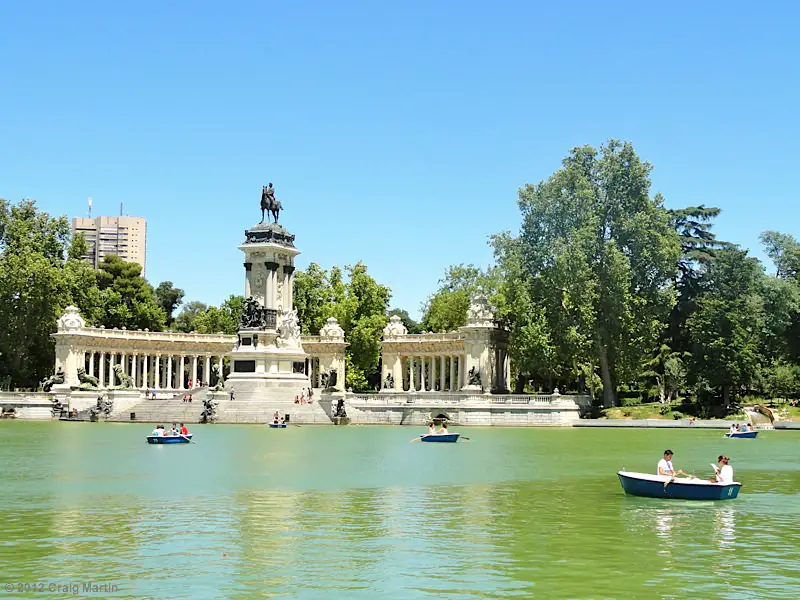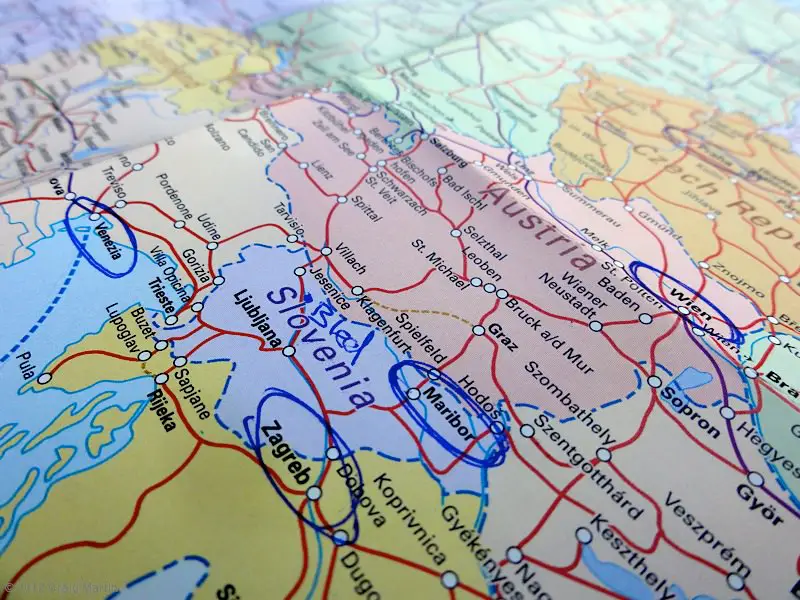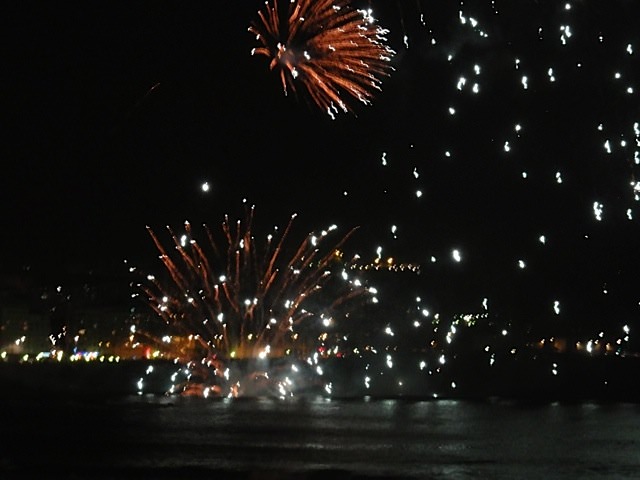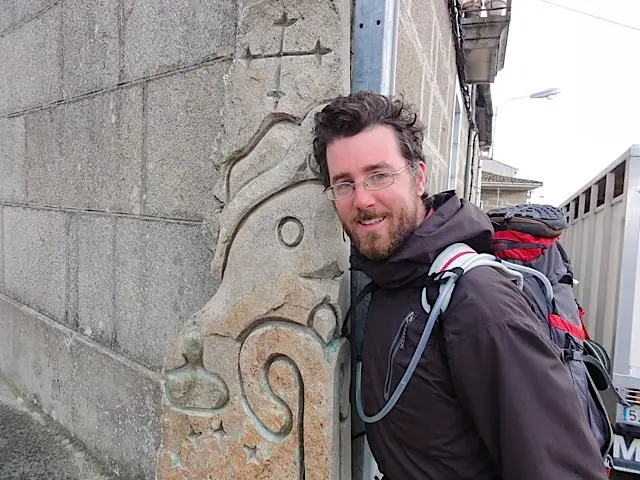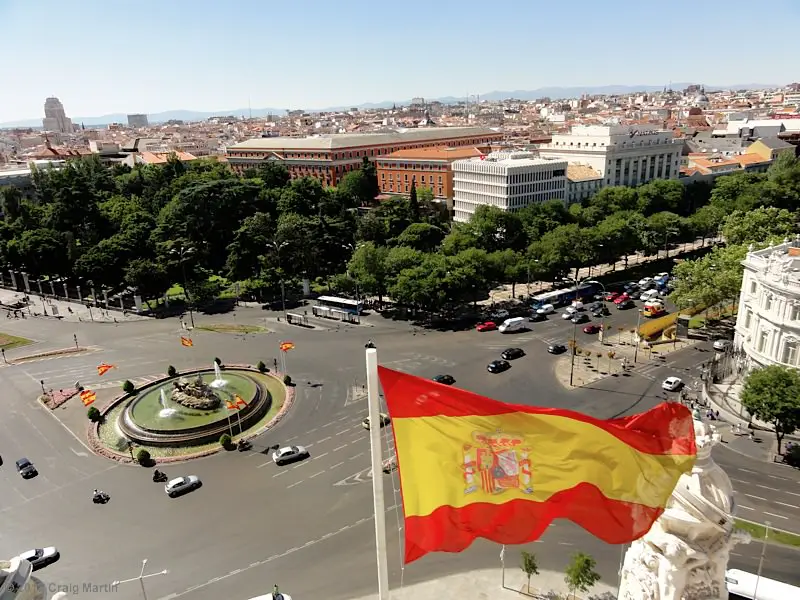Christmas in Jerez, Spain – The Best Things to Do!
Although Jerez, Spain, is best known for being the home of Sherry, it also has a reputation for being a great place to spend Christmas.
The strange mix of customs certainly makes for a festive season that appeals to all five senses: the sound of the zambomba and of Christmas carols, the taste of seasonal delicacies, the sight of nativity scenes in every window, the smell of smoke from the chestnut stalls, the feel of snow falling softly on your upturned face.
Yes, you read that right — snow, in southernmost Spain. Perhaps it isn’t, well, real snow, but they call it snow and that’s what counts, right?
1. Andalusian Christmas Food
Spanish food is generally fantastic, and it’s no different at Christmastime. Supermarkets all over the country start to clear space for the multitude of delicacies that are only sold at the end of the year — and they’re mostly sweet.
Tablet-like torrones come in a variety of flavours, as do dusty polvorones. My favourite, though, are the tortas de aceite, flaky pastry disks covered with sugar and sold wrapped in white paper.
The bakeries are also stocked with sticky treats called pestiños in which honey features prominently — though the best ones we had were a Christmas gift from our landlady.
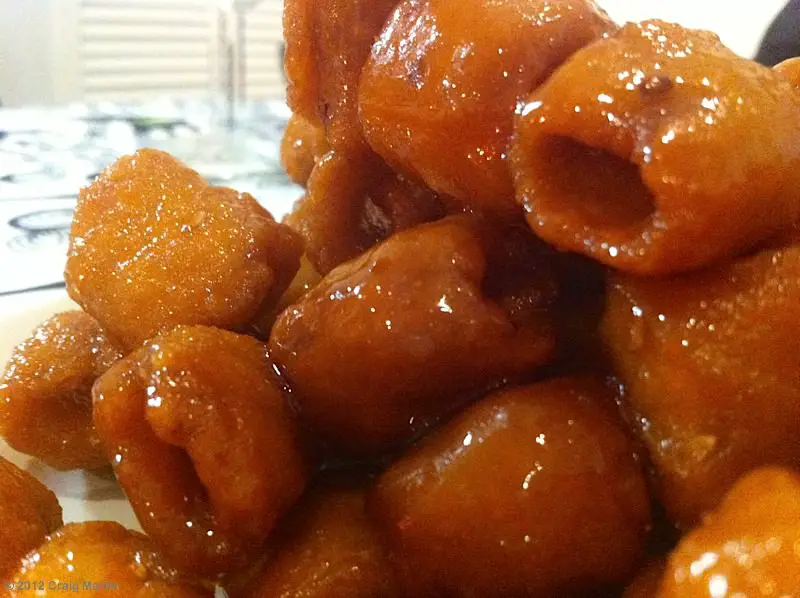
Another treat of the season is the chestnuts being roasted on the side of the street, just like in hundreds of other European cities.
One flavour that’s unique to Jerez, though, is mosto. Mosto is the young wine that might later become Sherry — if it isn’t all drunk first! It’s available in restaurants and bars in November and December, and you’ll often see people drinking it at zambombas. (See How to make sherry.)
2. Join some Zambombas
Zambombas are what make Christmas in Jerez so fun. These energetic parties are held from the beginning of December onwards, and usually take place in bars or on the street.
The level of formality varies, but generally a group of musicians sits in a circle and sings Christmas songs; the public gathers around and joins in.
The essential instrument is the zambomba, which looks like a large terracotta urn with a skin lid. The stick attached to this skin is moved up and down to produce a distinctive sound.
Zambombas often take place outdoors, and since it is winter, after all, a fire might also have its place.
Read more about Jerez, Spain:
- Sherry Tours – The Best Wineries of Jerez (Visited and Reviewed)
- Christmas in Jerez, Spain
- How to make sherry
- Spain travel
Tours of Jerez de la Frontera
3. See Nativity Scenes (Belenes) in Jerez
Nativity scenes are common in many parts of the world, but Jerez takes the love of the belén to a whole new level — it even has a nativity scene museum.
It seems like every shop window is decorated with some piece of the Christmas story, and most homes have one as well. In addition to the museum, there are many other belén displays throughout the city — we saw one in a monastery that featured live animals, and another focused on South American scenes.
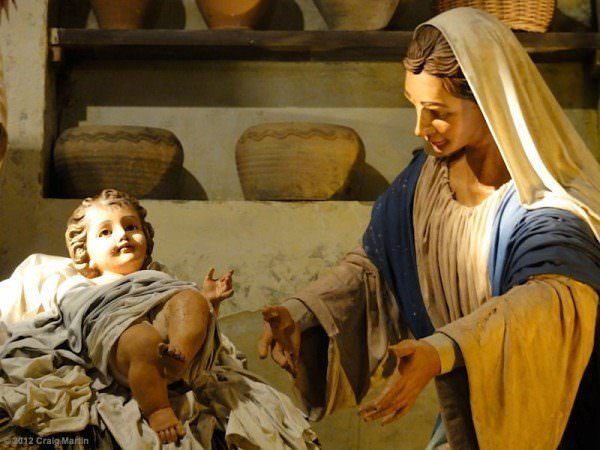
Even if you’re not interested in the Christmas story (or are not convinced that it all happened quite like tradition says it did), you have to appreciate the skill and artistry of the belenes.
I was surprised that there were so many variations — it’s not just the holy family in the stable, which is what I’d always thought a nativity scene was. Some show the wise men following the star, one seemed to be about John the Baptist meeting his cousin.
I liked the modern scenes best, though — children looking out the living-room window at a parade below, for example.
4. Christmas Lights and Music in Jerez
Perhaps it’s because they’re mostly in Spanish, but I didn’t find the Christmas music in Jerez as grating as I often find it to be. Or maybe it’s because they only start playing it at the beginning of December and not before… Who knows?
It’s certainly there, though: loudspeakers in the main town square blare carols at almost all hours of the day, and many shops also play Christmas songs at full volume.

The Christmas lights are also worth seeing. Most of the narrow city-centre streets are tastefully decorated with these lights, which are predominantly an attractive gold colour. There’s a little blue and a little white, and some streets have holly in the traditional colours of green and red, but it isn’t tacky. We visited Cadiz in early December and I was surprised by the contrast — let’s just say that Jerez’s lights are a lot nicer.
More Spain Travel Stories:
- Spain travel
- Top ten things to do in Spain (podcast)
- What to eat (and drink!) in Madrid
- A Coruna Itinerary: The Best Day in A Coruña, Spain (travel podcast)
- Rail Passes, Buying Tickets and How To Plan Your Train Travel in Spain COMPLETE GUIDE 2022
- Why you shouldn’t move to Spain
Top Tours in Spain
5. Christmas Parades in Jerez
It seems like the whole city turns out for the various parades that take place throughout the Christmas season.
The biggest parade is well after the day I think of as “Christmas” — it’s on January 5, Three Kings’ Eve. As well as the Three Kings themselves, you’ll see all sorts of dancers and cartoon characters, and watchers are happy to jump right into the middle of the procession so they can take a photo of their kid with Bart Simpson.
It’s definitely a different kind of parade to the ones you’re probably used to.
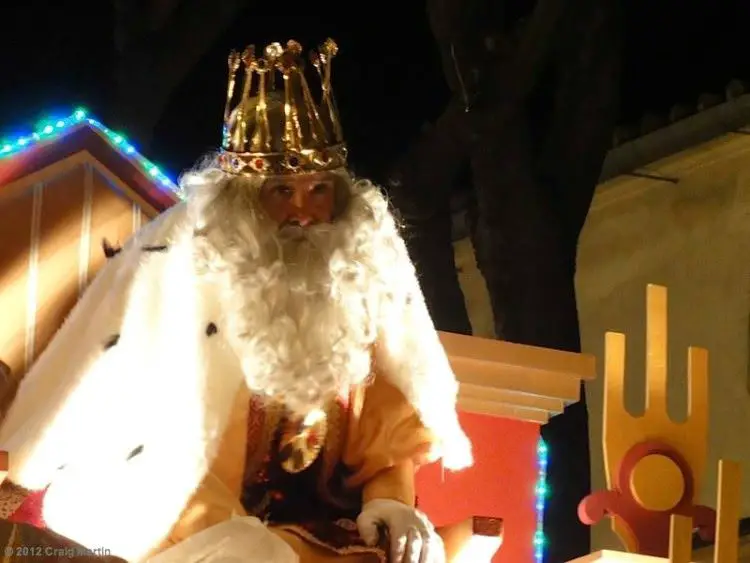
6. Other oddities and interesting things in Jerez at Christmas
There’s plenty more going on throughout the city, such as a small Christmas market that mostly sells nativity scene figures, and people dressed as Wise Men handing out “we buy gold” flyers. But the weirdest thing, in my opinion, is the snow.
I was sitting on a bench in a small shopping centre called Los Cisnes one evening when I noticed that there were quite a few small children around — and more were arriving in droves.
“When does it start, mum?” asked one girl.
“At seven,” was the reply.
It was only 6.30. What was so magnificent that you had to arrive half an hour early to experience it? All of the children had plastic bags — the mystery deepened.
I finally decided to leave, but as I was making my way to the exit, a sign caught my attention: “It snows in Los Cisnes at the following times…” It snows? What? It doesn’t snow in Andalusia!
Just then, there was a general joyous shout. I turned around to see a soft cloud of white descending from the ceiling. Snow! Well, of a sort — it was polystyrene balls. It was kind of magical, in a way, and the children certainly seemed to be enjoying it — they held their plastic bags up high to collect as many tiny balls as possible, to be played with later.
The mystery of the white polystyrene litter all over Jerez was explained — and from then on, we referred to it as snow.
If you’re not a Christmas fan, avoid Jerez in December — the Christmas spirit is omnipresent. However, if you’d like a Christmas that’s full of all sorts of traditions, a visit is highly recommended.


